The world is laden with plastic. It’s estimated that there are about 8.3 billion tons of it out there. The idea that it’s ever going to go away is pretty much a fantasy and even our best efforts to mitigate it can only go so far. The reality is, plastic is probably in far more places than you ever realized, and doing far more damage than you ever imagined.
10. Plastics Are in the Atmosphere

Plastic in the ocean has been the big buzz environmental concern for years. We know it’s in landfills, but people seem less concerned by that overall. The stuff in the oceans is making a bigger mess and harming that ecosystem and that draws more attention, so it makes sense on some level. But one thing that gets overlooked is the fact that land and sea are just two environments in which plastic pollution has taken up residence. If you look up, you’ll find more. Yep, plastic is in the atmosphere.
Plastics were discovered inadvertently in rain while researchers were looking into nitrogen in rain. A quick scan under the microscope showed colored fibers, and they realized that microplastics were being drawn up into the clouds thanks to evaporation and then raining down again. Other plastics make it into the air thanks to road dust kicked up by vehicles as they drive. The effects of that are far-reaching and also far worse than you might think, which brings us to the next point.
9. Plastic is Inside Our Food
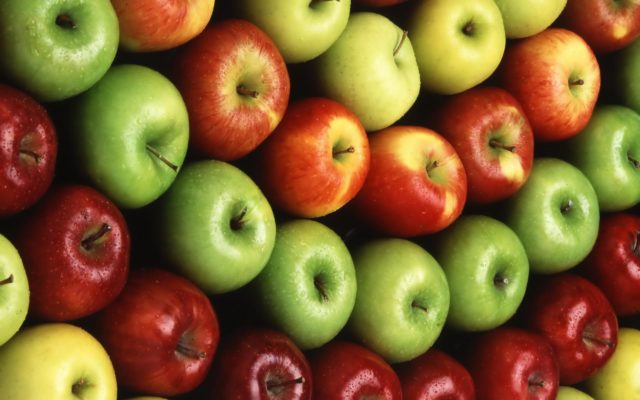
There’s a good chance you like to eat food because most of us do. And even if you’re not super health conscious or concerned about preservatives or GMOs or organic ingredients, you probably hope that, at a bare minimum, your food is made of actual food. If that’s the case, you may want to sit down.
The food you eat, while likely very nutritious, also has plastic in it. Italian researchers discovered microplastics in samples of things like lettuce, potatoes, pears, and more. Apples had up to 195,500 particles of plastic per gram.
The idea that processed foods may have been polluted with plastic is at least understandable, but that produce could be equally infected is a surprise. The reason is as obvious as it is awful. Plastic that reaches the ocean degrades down to microplastic over time. These tiny particles don’t go away, they just become incredibly small. So small, in fact, that they can be evaporated along with water only to get rained down again sometime later, as we just mentioned. The plastic is absorbed into the soil and then into crops as they grow.
Fruits tend to absorb more plastic than vegetables. And if it’s in plants, then it’s going to be in meat as well because livestock is eating those same plants. That means it’s pretty much impossible that any of us don’t have plastic inside of us.
8. BPA in Plastic May Make Men Less Attractive

Consuming plastic is obviously cause for concern. There has been a big push over the last few years to ensure that the plastic we use for food storage is free of bisphenol A, or BPA. It’s been linked to prostate issues, diabetes, high blood pressure and more. Basically, you want to avoid it at all costs. And if those weren’t reason enough, it’s also been blamed for making men ugly.
Exposure to BPA in mice has led to a decrease in hormones that are responsible for masculinity. This, in turn, seems to make the mice less attractive to females. It’s a bit of a stretch to argue the same thing happens in humans, but the ground has been set for studies to look into any potential correlations.
In an experiment, male mice that were exposed to BPA in the womb were demonstrably less attractive to female mice later on. The mice also demonstrated what was called more “female” behaviors.
7. Phthalates in Plastic Have Been Linked to Early Death

One of the compounds found in plastics that we’ve discovered is bad are phthalates. It’s a weird word that probably trips up non-native English speakers, but the effects of it make it even more dastardly. They cause harm to organs such as your liver and kidneys, as well as the human reproductive system.
Newer research has suggested phthalates may be even worse than we originally thought, and potentially related to over 100,000 premature deaths per year among people aged 55 to 64. Those with higher phthalate levels were at higher risk of death from literally any cause as a result, but particularly those related to cardiovascular conditions.
One of the biggest problems with phthalates is that they’re so widespread. They were used in food containers, toys, beauty products, cleaners, even things like makeup and shampoo. Not being exposed to them was extremely unlikely for pretty much anyone.
6. Plastic is Forming a New Kind of Rock
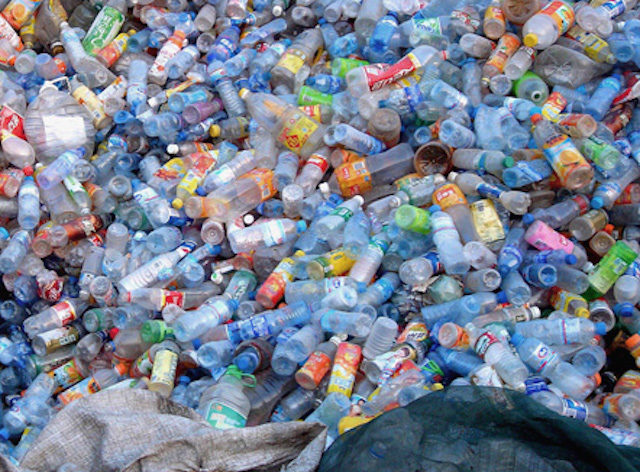
If you want to know just how well the world is adapting to the proliferation of plastic, look down. The world now has to deal with something called plastiglomerate. Over time, plastic really works into the surrounding environment, whether that’s in the ocean or on land. There are some places where plastic can mingle with things like sand, sediment, volcanic fragments and organic matter to create what is scientifically called an anthropogenically derived material, but what to most of us would look like a plastic rock. The plastic melts and binds all of the other bits together, creating a substance that, outside of being heated to the melting point again, is as tough or tougher than other rocks.
Strictly speaking, this plastiglomerate can’t be a real rock, but it may as well be. It can last for centuries and it works in the environment in the exact same way that “real” rock would.
5. Seafood Eaters Consume Thousands of Pieces of Plastic Per Year

If you’re a fan of seafood but not a fan of plastic, you may want to reconsider your diet in the future. We’ve already seen how fruits and vegetables can be riddled with plastic, but the effect on seafood is notably worse. It’s been estimated that seafood lovers can ingest upwards of 11,000 pieces over a year, which would be larger than the ones you find in something like an apple.
Of 555 fish species studied, over two-thirds were found to have ingested plastic. Many of these are species commonly caught and used as food by humans. Many of the studies that looked into what these fish were eating were not conducted to look for microplastics, either. That means the amount of plastic being ingested by fish is likely quite a bit higher. And, since we’ve seen that plastics can get extremely small, as in the case of the stuff being absorbed by fruits and vegetables, the amount being ingested by humans via seafood is probably far greater than that 11,000 pieces the initial study suggested.
The number of fish containing plastics rises dramatically when studies are viewed broadly. Between 2010 and 2013, it was only 15% of fish. By 2019 it was 33%. The reason for the increase is likely two-fold – plastic pollution is increasing and therefore exposing more fish, while our ability to detect small microplastics and actively seek them out is improving.
4. Human Organs are Full of Microplastics
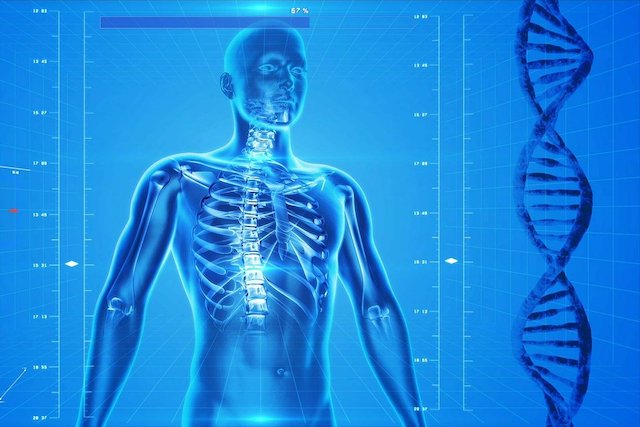
There’s a good chance you’ve eaten plastic if not in seafood, then just in fruits and vegetables and, as we’ll see shortly, it gets into you in other ways as well. But what happens once it’s inside of you? Well, it gets around.
Research by way of autopsies has shown that the average human body is riddled with microplastics. They’ve been identified not just in your stomach because you ate them but throughout organs as well. Lungs, livers, kidneys and more all show traces of plastic contamination in donated cadavers.
In 47 tested samples, plastics were identified in every single one. They’ve been identified in brains as well in studies on mice showing that they can cross the blood-brain barrier.
3. Newborn Babies Have Plastic in Them

So you know your body has plastic in it and that’s cause for alarm. But if there’s hope, it’s always in the next generation, right? Maybe they can right the wrongs of the past and if we’re careful, they can be healthier and smarter than we were. It’s a nice idea but unfortunately, in this case, it doesn’t apply. Microplastics have been discovered in newborn babies and even in placentas. Plastic is, by all accounts, impossible to escape at this point.
Four otherwise healthy women were studied, and it was determined that their placentas and unborn children had microplastic inside of them. A dozen plastic particles were identified in the sample taken, but only 4% of the placenta was analyzed, meaning there was likely a lot more to go around. The particles were 10 microns in size which means they’re so small they can be carried about in the bloodstream.
Other women in the study did not have plastic in their placentas, so take some heart in the fact that maybe not every baby is born with plastic in them right away. But even if they aren’t, it’s unlikely that things will stay that way for long. In another study, infants were shown to have 10 to 20 times as much microplastic in their stool as adults.
2. Chemicals in Plastics May be Causing Obesity
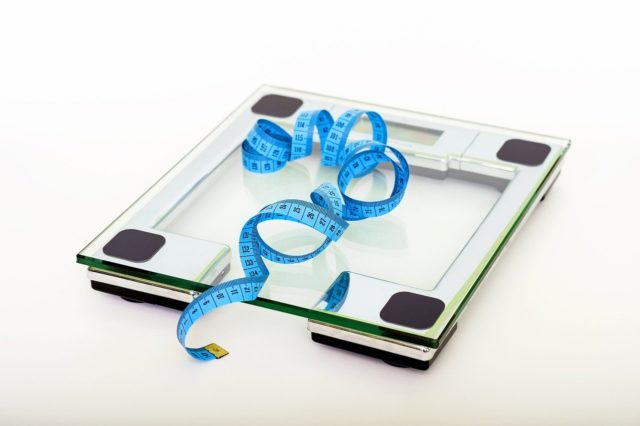
The full scope of what it means to be consuming plastic in our food is not known. Obviously we’ve pieced together why BPA is bad and why phthalates are bad, but what else are we talking about? Some studies suggest that the obesity epidemic may also be linked to the chemicals found in plastics.
According to the World Health Organization, obesity rates have tripled since 1975 and while we have greater access to poor food choices and exercise less overall, the obesity rates still don’t add up. So it’s possible there’s another factor at play which may be chemicals altering our ability to metabolize fat. Researchers were able to identify 629 different chemical compounds out of upwards of 55,000 present in plastics we use to store food. Of those, eleven of them are known to interfere with our metabolism.
1. Your Tap Water has Plastic in It
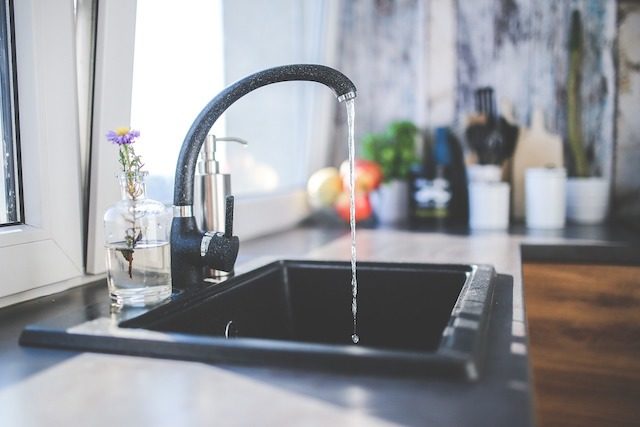
By now you know to avoid eating anything at all and you’re probably riddled with impurities. At least you can drink water safely, right? It’s filtered and purified and safe, right? You’re going to need to sit down again.
Pretty much all tap water tested in the world has been contaminated with plastic. About 83% of samples had plastic in them. The US leads the charge with 94% of samples containing plastic. Water was tested in places like Congress and even the EPA headquarters.
European nations had the lowest contamination rates overall, but that means they ranked in around 72%. Toxicity of these particles is not known, nor are the health effects associated with them. It’s a reasonable assumption that they’re not doing anything good for our bodies, but it’s hard to guess right now what the long term effects of constant consumption are going to be.